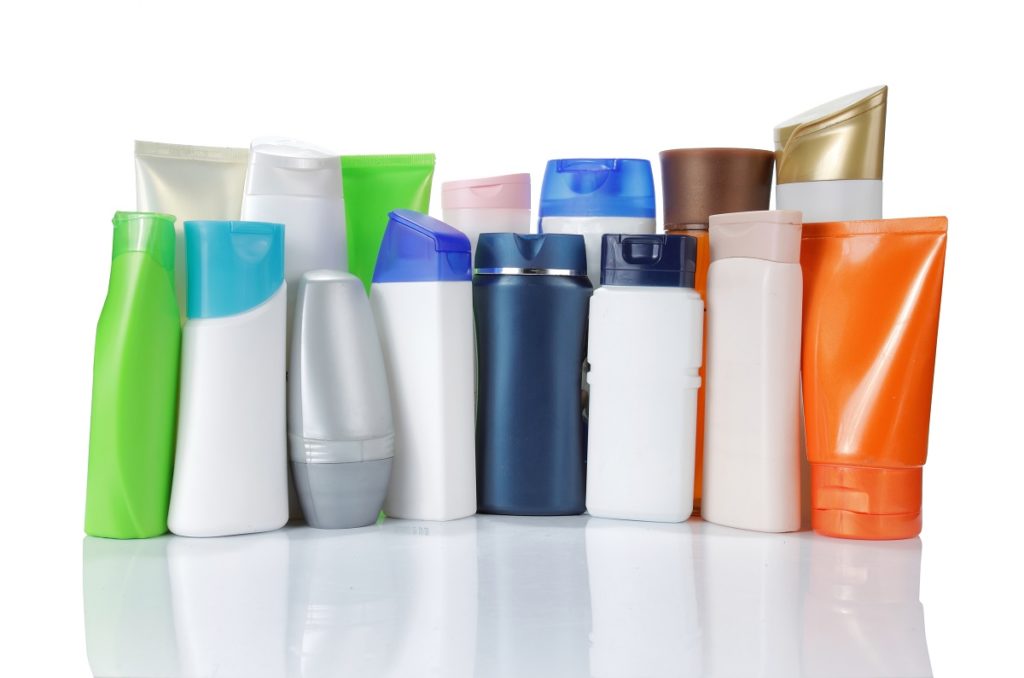Plastic is literally everywhere. It’s a leading material in the manufacturing and packaging of many day-to-day goods. Almost all industries use plastic for their products — often, in the form of disposable packages. However, volumes of plastic are also used in the production of construction tools, medical equipment and scientific instruments, residential furniture and furnishings, and even personal electronics.
The U.S. Environmental Protection Agency (EPA) reports that the United States has generated approximately 34.5 million tons of plastics as packaging and containers in 2015.
There are many types of plastic. The popular ones are polyvinyl chloride, polypropylene and polyethylene. In this guide, we’ll be focusing on polyethylene, its forms, and their distinctive industrial uses and applications.
Understanding Polyethylene
About 80 million tonnes of polyethylene are produced globally, making it the most important and common kind of plastic in the world. Polyethylene is processed from ethylene, a compound derived from petroleum or natural gas. It’s classified as a thermoplastic, meaning it can be melted and remoulded into other shapes and forms. It’s a cost-effective plastic material due to its reusability and versatility.
Polyethylene is produced in three forms: low-density polyethylene (LDPE), high-density polyethylene (HDPE), and linear low-density polyethylene (LLDPE). Here are the main applications of each form:
-
LDPE
The uses of LDPE primarily revolve around the manufacturing of packaging materials. It’s also utilized to make a variety of moulded laboratory equipment.
LDPE’s low cost and flexibility make it ideal to be used extensively in the packaging industry. Some examples are different kinds of bottles — dispensing, wash, squeeze, and pharmaceutical. It’s also a common material in manufacturing caps and closures of containers, various laminations, trash bags, and cling films for food packaging of both frozen and dry goods.
In addition, this form of polyethylene is used in producing pipes and fittings, especially for piping systems that carry and transfer water.
-
HDPE

HDPE is an ideal material that is utilised immensely in diverse applications across plenty of industries. In fact, it can even be modified and engineered according to usage requirements.
For packaging applications, HDPE is used mainly for producing trays, crates, milk and juice bottles, food packaging caps, and jerry cans. Its reasonable impact strength also makes it suitable for crafting industrial containers, bunds, and drums.
Due to its low cost and ease of use, HDPE is also prevalently used to manufacture household goods such as housewares, kitchen tools like iceboxes, and garbage containers. It’s even used to make children’s toys.
The high tensile strength of HDPE also makes it appropriate for making fabric and textile goods. Like LDPE, HDPE is used for pipes and fittings, but because of its superb ability to resist hydrolysis and chemicals, it has a wider range of applications — water, drainage, geothermal, steel pipe coating, inspection chambers, gas, etc. Lastly, the automotive industry utilizes HDPE for creating wiring and cables and fuel tanks.
-
LLDPE
LLDPE is a flexible chemical resistant material with great barrier properties and substantial resistance to impact and stress crack. It can be used for manufacturing food boxes of varying capacities. It’s also good for coating cables and wirings.
The characteristics of LLDPE make it ideal for many film applications including apparel packaging, general-purpose film, agricultural film, and stretch film. The process of making these films doesn’t produce pollutants like toxic gases, fumes, wastewater, and cinders. Furthermore, the films don’t contain heavy metals and plasticizers, making them physiologically harmless and somehow environmentally sustainable.
Plastic is a big part of our lives and while its usage is extremely beneficial, as members of the community, we must be responsible for discarding plastic materials. Accordingly, reusing and recycling are good ways to reduce plastic waste.

